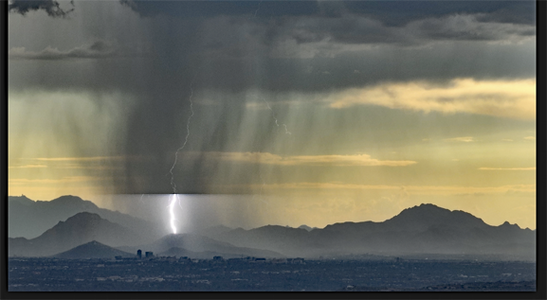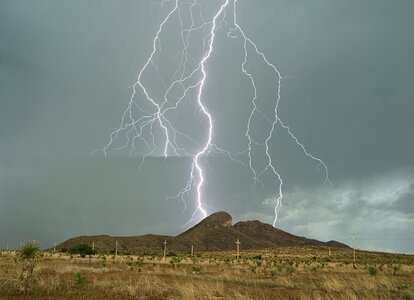Don't know if there's any way to repair a 720p CCD sensor with many defective pixels that auto-illuminate in low light making a cloudy sky look like it's full of stars at night.
Have you tried cleaning the sensor following guides found on Google? Maybe it has picked up dust or other particulates over the years.



